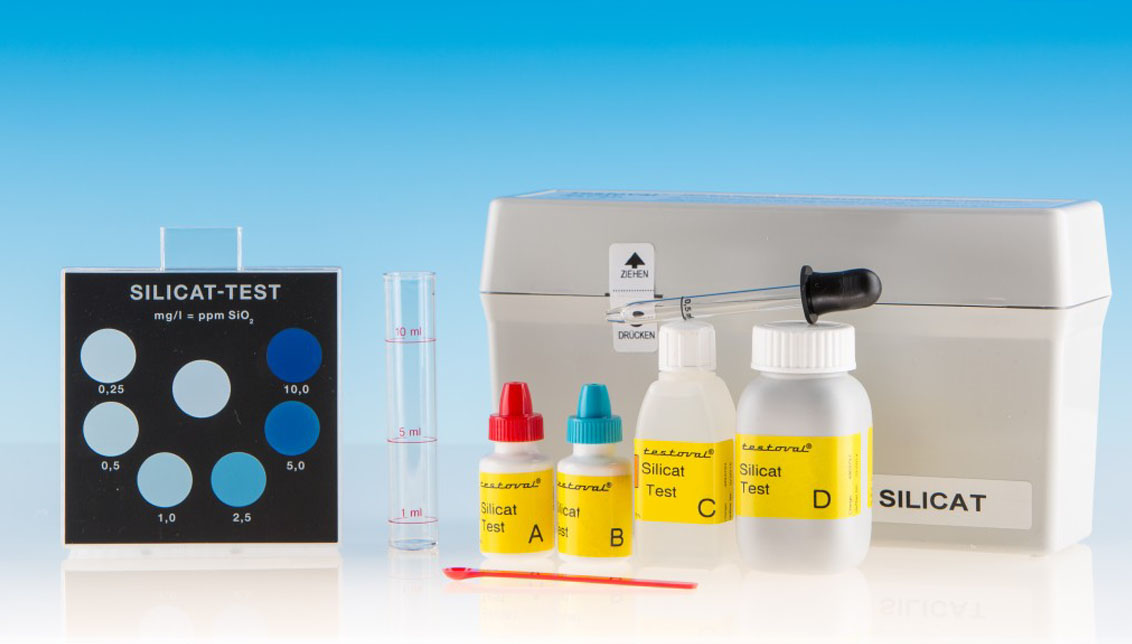Monitoring the iron content in water is an important part of water treatment, especially in medical facilities where water quality must meet the highest standards. Dissolved iron, which can occur in the form of iron (II) and iron (III), can lead to corrosion and deposits in pipework and medical equipment. This not only affects the longevity of the equipment, but can also have a negative impact on water quality.
Corrosion from iron can lead to rust formation, which in turn can cloud the water and make it unusable for clinical applications. In sensitive environments such as hospitals, this can cause significant problems as clean and clear water is essential for patient care and many medical procedures. Excessive iron levels can also cause deposits in pipework systems, which can affect the efficiency of water treatment systems and lead to higher maintenance costs.
Regular checks and monitoring of dissolved iron levels in water can help to detect and prevent deterioration in water quality at an early stage. Precise control of the iron content helps to prevent corrosion and keep the water quality in medical facilities at a high level. This ensures that the water-bearing systems in clinics function reliably and safely.
Filter products




